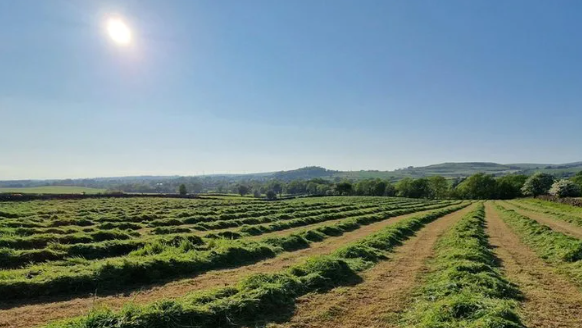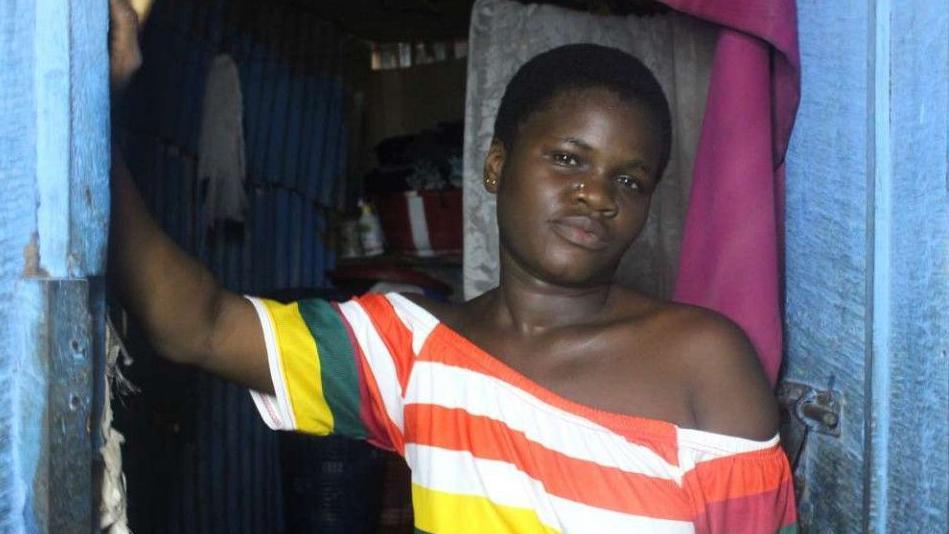Extreme heat across island now more likely - study

Broughshane in County Antrim pictured during a hot June in 2023
- Published
The island of Ireland is now much more likely to experience heatwaves and record-high temperatures of 33C, according to research from Maynooth University in County Kildare.
The study, external, led by Professor Andrew Parnell of the Hamilton Institute, suggests that what was once a one-in-180 year event has now become a one-in-nine year event.
Scientists investigated the frequency and increases in extreme temperatures in Ireland - north and south - from 1931 to 2022.
The significant increase in the likelihood of extreme heatwaves underscores the need for the island to prepare for rising temperatures and their potential impacts.
'We need to prepare for extreme heat'
It means the likelihood of temperatures climbing so high is about 20 times more in recent years than 80 years ago.
"We took data from across Ireland, both north and south, and we used mathematical methods and computational models to produce the results," Prof Parnell told BBC News.
"I was expecting a change in how often we could see such extremes, but we were not expecting the changes to be this large in just 80 years."
This dramatic shift means temperatures of 33C, which last occurred over 80 years ago, are now much more probable.
Two years ago, the Phoenix Park weather station in Dublin recorded a temperature of 32C, the highest ever for the region and just below Ireland’s all-time record of 33.3C.
The highest temperature recorded in Northern Ireland was 31.3C in Castlederg in July 2021.
In Northern Ireland, a heatwave is reached when temperatures climb above 25C for at least three consecutive days, external.
The research team focused on how frequently such extreme temperatures might recur and the extent of their geographic impact.
Prof Parnell emphasised that extreme heat events now cover twice the area they did 80 years ago, affecting many more people.
"We are not only seeing these extreme events occurring at a single weather station dotted around the island, they are now spreading to other locations," he said.
He also warned that Ireland could see temperatures of 34C within the next three to five years, a temperature that has never been recorded on the island.
The likelihood of hitting 34C has increased from a one-in-1,600 year event to a one-in-28 year event, according to the research.
"The main message is to not let this fall off the political agenda," Prof Parnell added.
"Extreme heat like this affects things such as the health service with increased heat related admissions, as well as disruption to agriculture because of large droughts.
"We need to prepare for these events.
"It's almost like planning for a pandemic - we don't know exactly when they will happen, but the likelihood is that they will."
This research shifts the focus from average temperature changes to the frequency and intensity of extreme temperatures, highlighting an area of concern for climate science and policy.
Related topics
- Published18 July 2022

- Published17 June 2024
